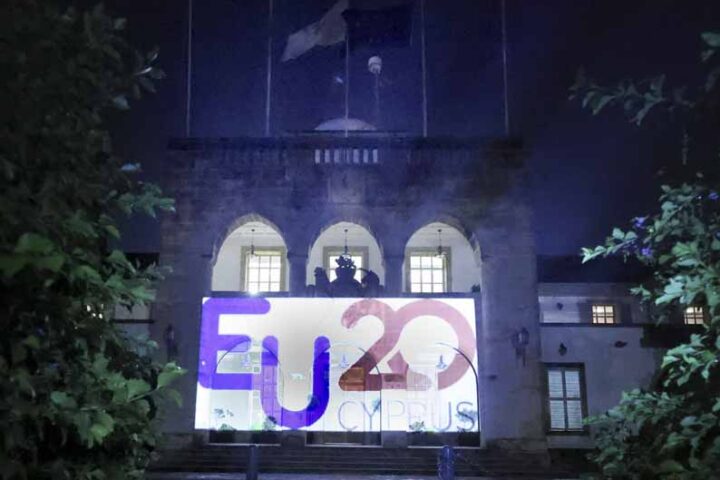.
Volatility is expected in the market this week with the European Central Bank (ECB) expected to cut interest rates by 25 bps on Thursday and the US likely to commit to further monetary stimulus. An interest rate cut from the ECB is part of a long term strategy to heal the Eurozone’s woes and would be a signal to consumers to start spending money again. On the back of such an announcement, we expect to see the euro drop against the US dollar (USD). EUR/USD has been strengthening early this week, now trading around 1.31, but a storm is expected to break out later on in the week.
The USD has shown weakness early this week, prior to the Federal Reserve’s two day meeting where the on-going commitment to quantitative easing will be discussed. Most analysts expect Fed Chairman Ben Bernanke to announce further stimulus, as he has previously stated that he doesn’t intend to withdraw this support until he sees significant improvement in the US economy.
This Friday also sees the release of Non-Farm Payrolls (NFP) data, which is considered to be the most important barometer in the health of the US economy. If we see positive data, Bernanke may begin to consider withdrawing monetary stimulus in the months to come. If the data comes in lower than expected, Bernanke will be proven right in his claim that the US economy needs further support.
Such USD weakness has meant that the currency war with the Japanese yen continues. Last week USD was the stronger of the pair, but this week the tables have turned with the JPY strengthening. As long as both countries continue to prioritise monetary stimulus, such volatility is expected to continue.
Earlier this week, the New Zealand dollar climbed to an almost two week high against the USD amid optimism surrounding the growth of the economy and new home-building approvals. Disappointing housing data on Tuesday however has caused a price reversal and the Kiwi currency is now dropping. This indicates the currency was previously overbought and investors are now selling heavily, wary that the long term outlook for the New Zealand dollar is negative.
The British pound (GBP) has risen to a 10-week high in response to news that the UK economy has avoided a triple dip recession. Although there was only 0.3% growth in the first quarter, the positive data has been enough to drive the currency higher.
The price of oil has continued to strengthen this week. Last week it was trading below 85 dollars a barrel and this week it is trading around 87 or 88 dollars a barrel. Oil has a correlation to the US economy so if the USD continues to weaken we may see a drop again in oil. Gold has stabilised this week after rising from 1420 dollars an ounce to around 1460.
What to watch this week:
EUR/USD – This week’s news is expected to provide substantial volatility for the pair.
GBP/USD – Keep an eye on this pair, it is likely to be exposed to fluctuations in price on the back of Bernanke’s comments.
For more information visit: www.forextime.com







